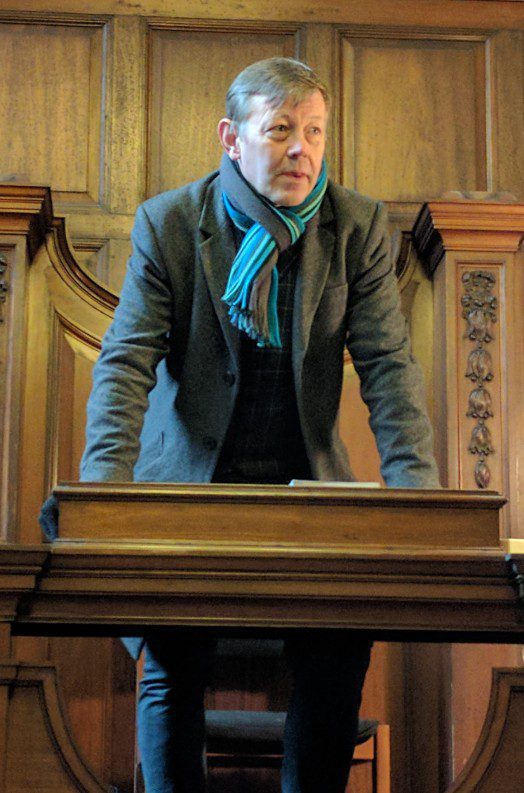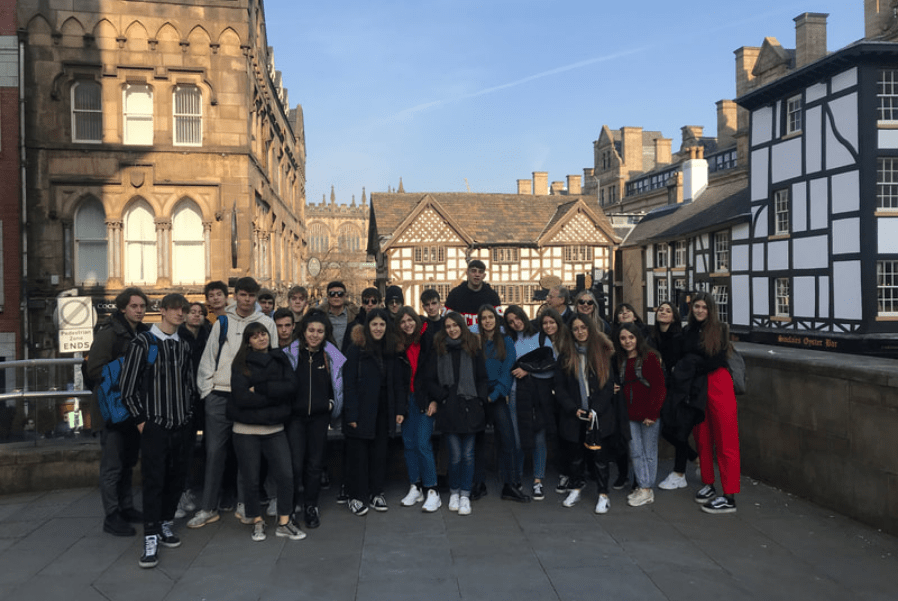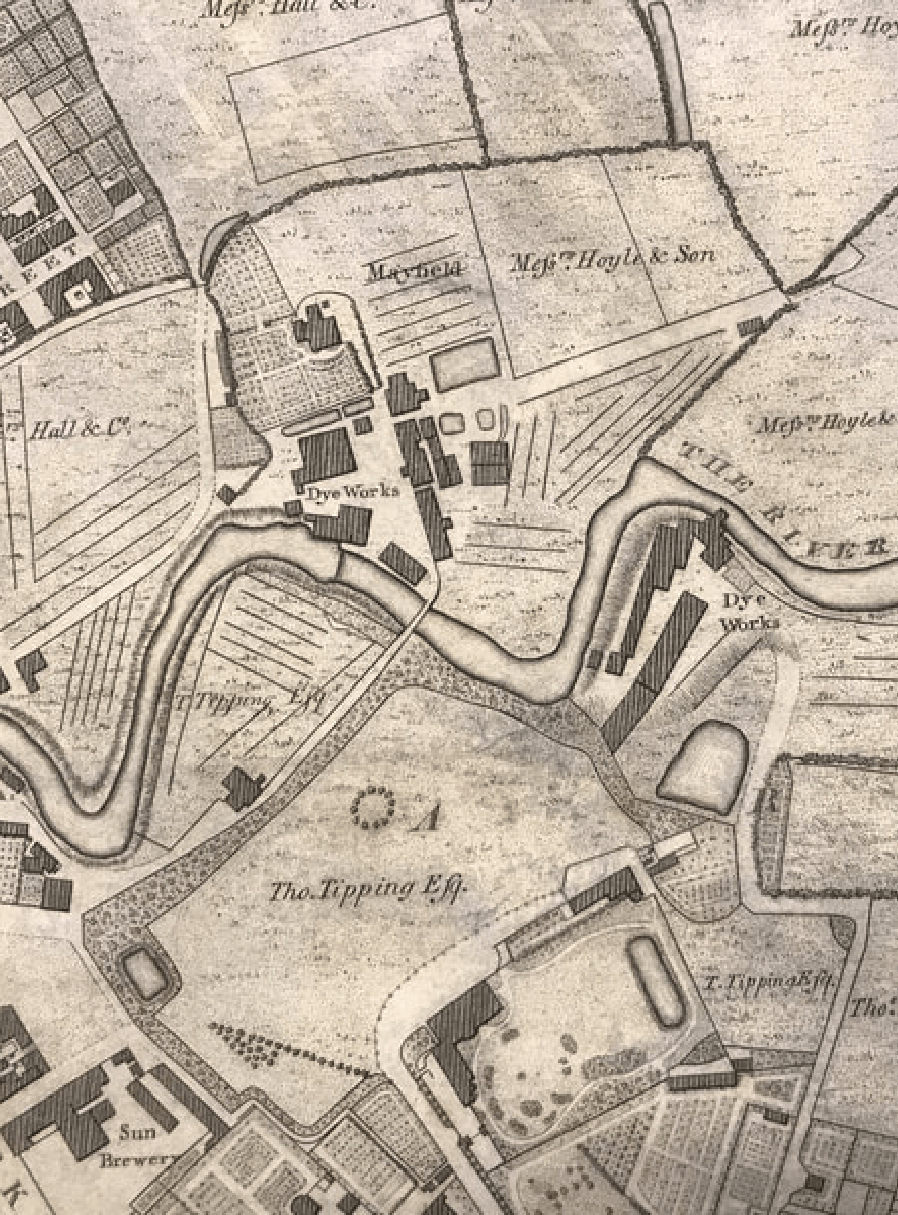The Manchester Ophelia sleeping in central Manchester



St John’s Gardens in the city centre off Byrom Street was formerly the site of St John’s church, finished 1769, demolished 1931. The cross says that this small site contains the remains of 22,000 people, new research places the figure at an extraordinary 24,113.
The dead includes curious characters such as 67-year-old Thomas Raspo of Withington, a Frenchman, buried on 23 January 1824 who was ‘clever enough to keep a wife and a concubine in the same house’.
More significant is the grave of John Owen who died in 1846 and left £96,654 for the founding of a non-denominational university. This opened in 1851 and was the ancestor of the 25 Nobel prize-winning University of Manchester, one of the top thirty universities in the world according to recent figures. Only Owen’s gravestone (and that of his father) remain.
Even William Marsden who campaigned for the half-day holiday on a Saturday in the 1840s and gave working people respite from endless drudgery has lost his monument, although he’s mentioned on the memorial cross. Marsden’s holiday led to an explosion in working class sport with the often wild and unregulated games developing codes and rules. At the same time Britain was sending out thousands of soldiers and sailors across the Empire and the globe, who in turn introduced so many British sports to the areas they visited.
Another person under the flowers in the present garden is the beautiful Lavinia Robinson, ‘the Manchester Ophelia’ who disappeared on the first day of the ‘Long Frost’ in December 1813. She was seen having an argument with her fiancée, a surgeon called Holroyd on the New Bailey Bridge prior to her disappearance. He was jealous of her talking to another young man. Holroyd was accused of foul play but there was no evidence against him. He left the town for Shrewsbury, ‘expelled by the indignation of all the inhabitants at his conduct to the unfortunate victim of his unfeeling suspicions’.
Lavina’s body was found frozen against the Irwell river bank close to where MediaCityUK presently sits, ‘her hair encrusted with ice like gemstones’. That was eight weeks after the river had frozen and it was only then beginning to thaw. She was buried at St John’s amidst a great outpouring of grief. Most thought she’d committed suicide by throwing herself in the river, others thought Holroyd had drowned her, this suspicion was heightened by Holroyd’s subsequent suicide. The whole episode became a famous ghost story.


